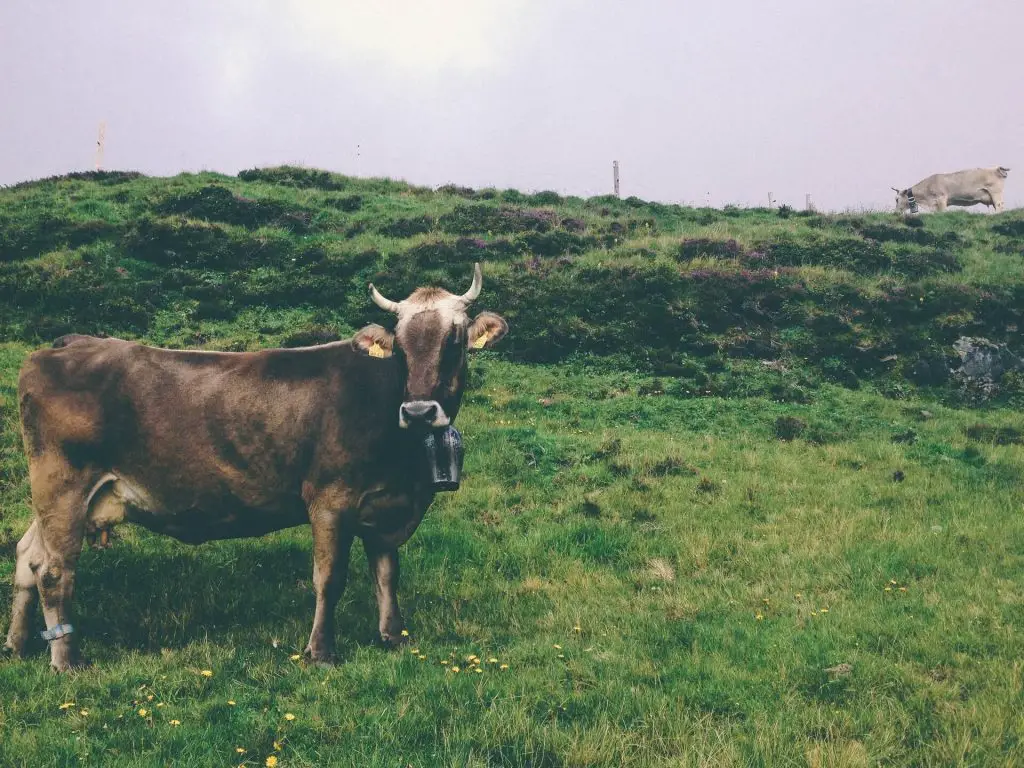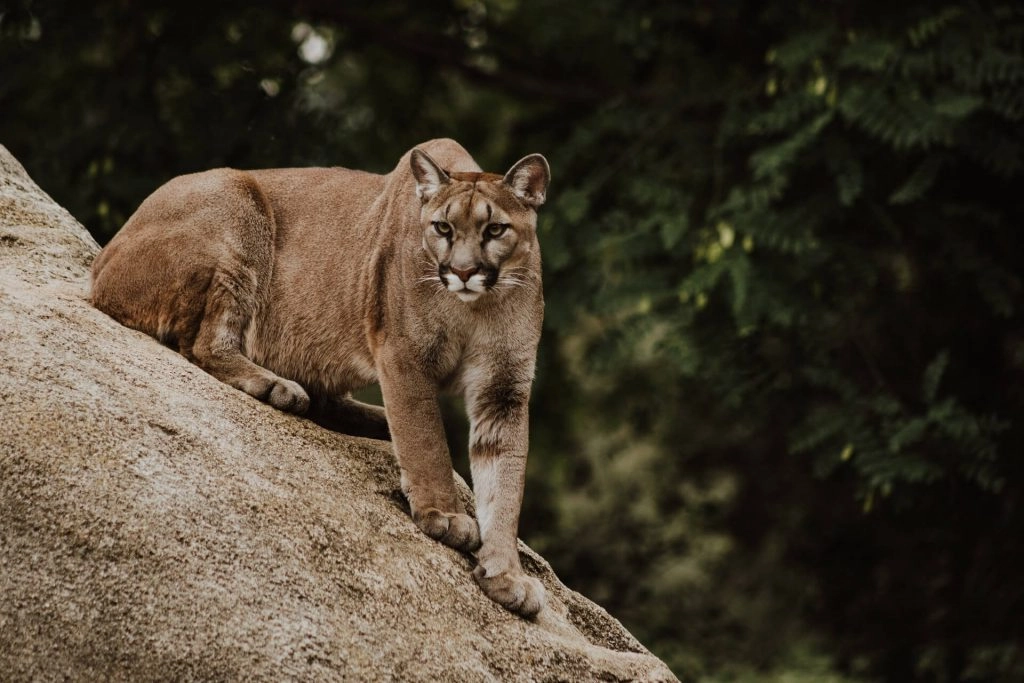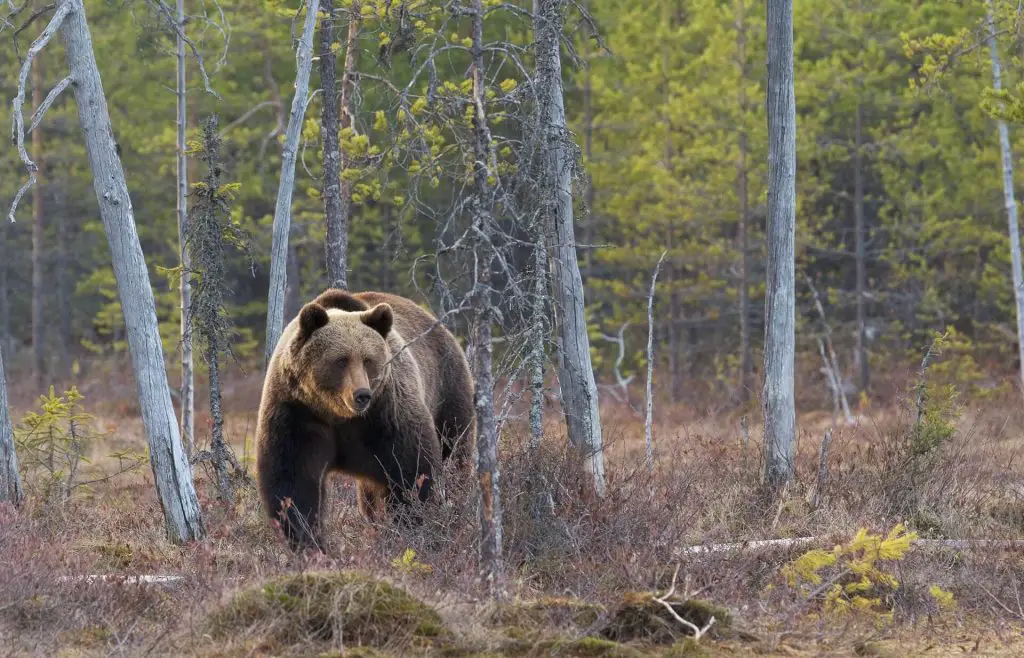Why do hikers wear cowbells?

Have you ever been out on a hike to get away from the people and sounds of the city to listen to the breeze as it flows through the trees, the gentle stream as it makes its way through the forest, when all of a sudden you hear clanking cowbells. Are there cows on this trail? Actually, it is a group of hikers making their way through the hike. I have been on numerous hikes where the joy of the peace and quiet is disturbed by the sounds of bells, however this is an important reason for these bells.
When hiking in a bear inhabited area it is possible to encounter a bear or other wild animals when out on the trails. Hikers wear either cowbells or bells in order to ward off bears and other wild animals. The bells help warn the animals that something is coming, as you don’t want to surprise a wild animal out on the trails.
Do cowbells really work while hiking?

While cowbells and bear bells are loud and can disturb the peace and quiet on the trail, cowbells are effective at warning bears and other wild animals that a hiker is coming near. When the wild animals hear the bells they know that something is approaching and can potentially scatter off. This is a much better scenario than if you were to surprise a bear or a mountain lion while turning a corner on a trail.
An alternative to cowbells that are very popular are bear bells. Bear bells make a much higher pitch and can be heard from further away, so this could be a potential benefit of switching from cowbells to bear bells. However, some believe that bear bells actually attract bears and not scare them away.
Do bear bells attract bears?
The goal of bear bells is to warn bears that a hiker is approaching, however there is belief that bear bells do just the opposite and actually attract bears to hikers. Bears are naturally curious creatures and and it makes sense logically that the noise could cause the opposite affect. According to Tom Smith from the Alaska Science Center, he did a study to test the affect of bells on bears and the bears had no reaction.
When you are hiking in a known bear area, you should try to make noise during your hike so you do not surprise an unsuspected bear. Since hikers don’t want to be constantly screaming “Hey Bear” each step they take, it is common for hikers to wear bear bells or cowbells.
How do you keep bears away while hiking?

While hiking in bear country, there are a number of strategies you can take to avoid bears when hiking. The first option, if allowed in your hiking area, is to carry a can of bear spray. Bear spray will help you if you encounter a bear. If you cannot carry bear spray there are other key things to do to help keep bears away.
Your next method begins before you hike and that is to plan to hike in a group. Hiking in a group will likely decrease the chances of a bear attack. As you hike with your group try to make noise before every bend and throughout your hike. These sounds will act as a warning to bears that hikers are nearby.
Another method is to avoid hiking during dusk or dawn as bears are known to be very active during these times. Since you are hiking during low light times you can surprise a bear who did not see you coming, so keep this in mind when planning out your future hikes.
Something else you can do to avoid bears is to seal any trash or snack wrappers in a zip lock bag to try ti dampen the smell. You want to avoid attracting bears with scented items such as snack wrappers, sunblock, or other food. If you are camping over night then keep all your food in your bear canister until you can get to camp, if you are snacking then put your wrappers and leftovers back in your bear canister.
What should I do if I run into a bear?
If you wear cowbells or bear bells, there is still a chance to encounter a bear on your hikes. Bears can be active while you’re out on the trail, but if you encounter a bear the actions you take depend on the area you are in. If you see a bear on the trail in a developed area such as in a parking lot, near lodging, or the ranger station, stand your ground and make a lot of noise. Bears typically will mind their business and avoid humans making a lot of noise. However, if you encounter a bear in an undeveloped area, such as in the back country or on the trails deep in the woods, then try to maintain a distance of at least 50 yards.
Encountering a bear on the trail can be very stressful. I have encountered a handful of bears when hiking and stuck to what the national park service has suggested such as making noise or maintaining a distance of 50 yards or more and that has worked well.
Summary
Hiking in a bear inhabited area can feel intimidating at first, but you can do a number of things to help decrease your chances of running into a bear. Hikers typically wear cowbells or bear bells in an attempt to warn bears that hikers are approaching. The last thing you want to do is surprise an unsuspecting bear. If you do eventually encounter a bear, then stand your ground and make noise in a developed area. If you are in an undeveloped area then attempt to avoid the bear and startle it.
Hiking in a bear area can be safe if you take the necessary precautions. Statistically you likely won’t encounter a bear, however it is very helpful to be mindful about the commonly suggested strategies.
